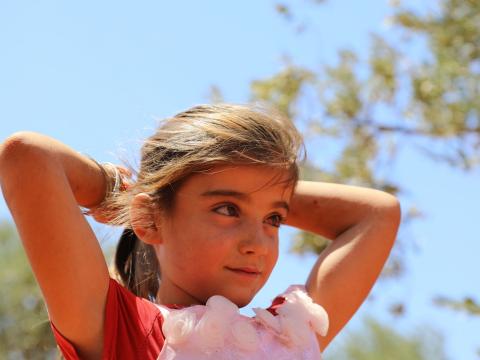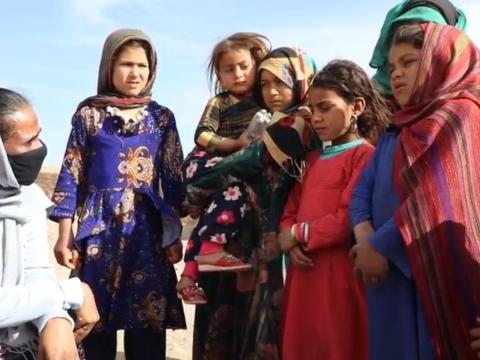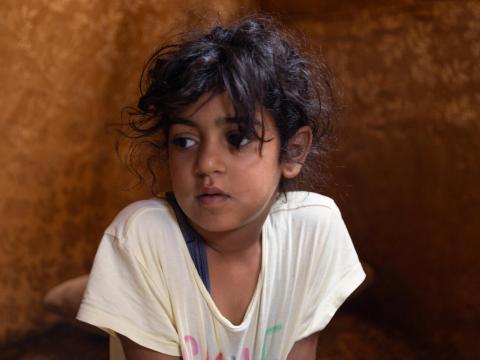
Keep the light on for Syria’s children
Johan explains that, despite donor fatigue and competing crises, Syria’s children must be protected
Johan Mooij, Syria Response Director, World Vision
“Success” in humanitarian action is often measured by the way we have improved the lives of those we serve. As I consider all the work we and other agencies have done for Syrians over the past decade, I have to ask whether we can call our work a success or not.
I am certainly proud that World Vision staff reach almost three million people annually thanks to our direct assistance, external advocacy and the generosity of our donors; but 13.5 million are still in need of humanitarian aid including 3 million children just in northern part of the country.
There’s no immediate end in sight to the causes of this disaster, and there are no quick fixes to what has become one of the largest displacement crisis in the world. The humanitarian crisis around Syria Response is facing chronic donor fatigue, and other emerging crises drain the resources of donors. As a result, the needs of children in Syria are slipping down the world’s priority list.
Seeing the crisis firsthand
A couple of months ago, I visited our office inside Syria for the first time. It has been eight years since a Response Director could make it, due to the high levels of insecurity.
As we travelled, I saw thousands and thousands of tents where Syrians now live. These people don’t just move once but multiple times.
Contrary to many other refugee camps I have been to, this place looked as if the war had just started; displaced Syrians still live in tents or unfinished buildings, with minimal infrastructure and always ready to move again.
Too few global commitments
The 2019 Global Refugee Forum was a global commitment to scale up support for those who seek a safe haven. Syrian children’s needs were meant to be at the core of the Forum’s outcome. This did not happen.
World Vision Syria Response took a closer look at the commitments made for these children. This is what our report found: “Only 29 of the pledges referred specifically to child protection needs, and - of these 29 - only 4 were received by Syria or host countries of Syrian refugees.”
This analysis and our field observations make it clear that too little is still being done for Syrian children, for whom the conflict and its fallout is hugely traumatic. Recent reports are providing horrifying accounts of grave violations of children’s rights.
All of us need to do so much more for these vulnerable girls and boys, regardless of what else is going on globally, and regardless of how complex or protracted the Syria crisis remains.
Shining a light
Last Saturday, I sang an old song with the children at church: “This little light of mine, I’m gonna let it shine”, and it reminded me that we cannot give up.
Despite often being discouraged by the lack of “success” in Syria and of a lack of global commitments, we will never stop trying to make life better for the children caught up in an adult conflict. Nor will we stop reminding the world that we all have a duty to shine a light on injustice and cruelty, especially when it hurts a nation’s most vulnerable people.
Johan Mooij is Syria Response Director for World Vision International. His twenty-five years in the humanitarian sector responding to crises across the world, has been driven by his commitment and faith in building a better world for those hardest to reach. Johan’s dedication to the children World Vision serves motivates him to drive humanitarian entrepreneurship and innovation initiatives that better respond to the evolving and complex needs of forcibly displaced Syrian people across the three countries he oversees – Jordan, Syria and Turkey.

